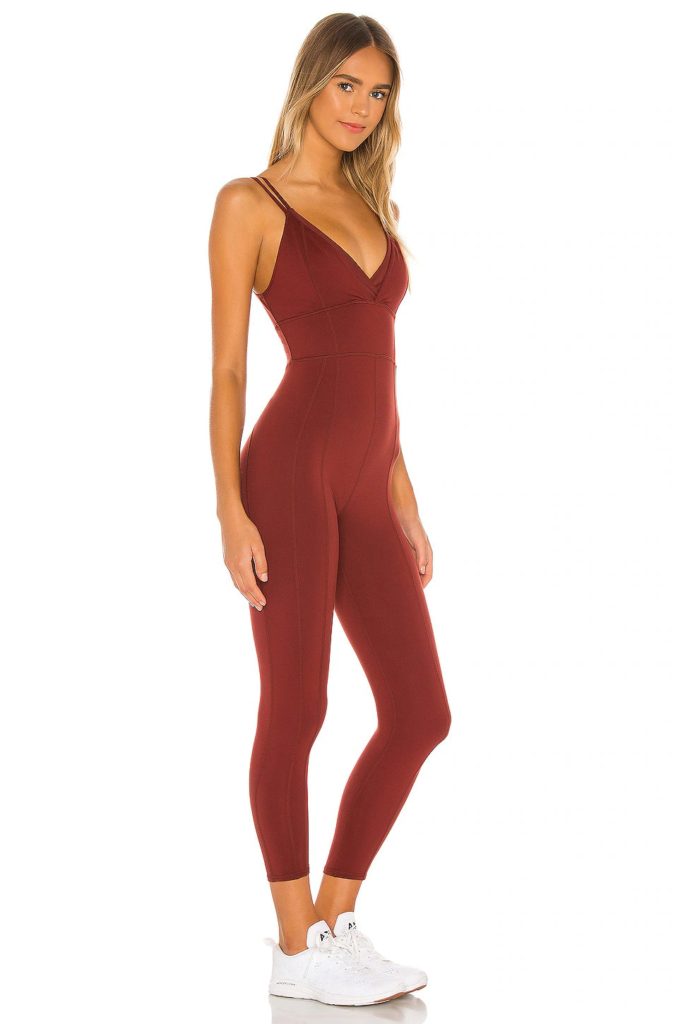For many, fashion is an art form. But Revolve Clothing has it down to a science. The e-commerce retailer uses data to draw in its consumers (hip 20-somethings who want plenty of options) and keep them coming back.
The online retailer sells hundreds of mid- to high-end brands and designers, and its catalog is tens of thousands of products deep. Co-founder Mike Karanikolas, who built the company out of his L.A. suburb home with partner Michael Mente, said that the goal was to bring the unique pieces of boutiques to a bigger scale.
“Our customer is a girl that’s young, fun, trendy, and looking for special, premium pieces that are more exciting than what she can find in a department store,” he said.
In a space that’s now crowded with competitors including Nasty Gal and Net-a-Porter, Revolve has cultivated a loyal following. Karanikolas said 80 percent of the company’s revenue comes from 20 percent of its customers. Revolve is on track to bring in $455 million this year, a 50 percent year-over-year increase from 2014.
Speed and automation are core to Revolve’s approach. It looks at what people are buying, clicking on, putting in their baskets and revisiting, by category. Using that data, it automatically restocks and orders new products, which is approved by a human buyer. Karanikolas added that the sale is the most important metric, but taking product interest (items in abandoned carts, product page traffic) into consideration helps the company make faster decisions.

“Fashion is a mixture of art and science, but we make it as much of a science as possible. We’re forced to rely on data, otherwise we’d be completely lost,” said Karanikolas.
Karanikolas and Mente don’t have backgrounds in fashion, but thanks to the company’s system of algorithms and team of smart buyers who mirror its shoppers, it can hit on trends just as they rise before moving on to the next one, just as the mainstream market is catching on to the last.
“Revolve truly gets its audience,” said Jessica Navas, chief planning officer at branding agency Erwin Penland. “They understand the passion and even urgency around online shopping.”

Revolve credits its data-driven approach with helping its overseas growth. China is its biggest international market, with revenue there climbing 80 percent year over year. China is notoriously difficult to crack for outsiders who struggle to translate their brand for the country’s crowded, mobile-driven market.
Karanikolas hesitates to use the term “fast fashion,” with its connotation of cheap goods, but the speed of the algorithm allows Revolve to make rapid-fire decisions and add hundreds of products to its “new” tab daily, an important ability in the quick-consumption fast fashion era, akin to Asos, which also updates its offerings daily. Pricier brands like BB Dakota, Equipment and One Teaspoon keep Revolve’s selection high end.
As an online-only company, Revolve has relied on user-generated content to drive customer confidence, since they can’t see and try on products in physical stores. Its RevolveMe program encourages customers to tag their Revolve-bought outfits with the hashtag for a chance to be featured on the website’s homepage. All of the #RevolveMe content is made shoppable in the homepage corral. Karanikolas said its responsible for driving millions of dollars in sales a year.

“RevolveMe creates a community that feels both insider and stylish — which translates to users playing around with fashion and ultimately making sales,” said Navas.
Most recently, Revolve has experimented with shoppable video internationally. A recent mini-collection of clothing, created to raise money for Stand Up to Cancer, was promoted through shoppable video that premiered in China on messaging apps WeChat and Weibo. Clickable “hot spots” blinking in the video pulled up a product page and “buy now” button.
“The Chinese watch nearly 6 billion hours of video a month,” said Danielle Bailey, L2’s head of Asia-Pacific market research. “Online video has become fertile ground for brand marketers increasingly through video commerce. If pictures are worth a thousand words, then videos are worth a million.”
Bailey added that brands should use video in their product pages to “bring product to life” without translation, which can be expensive.
As Revolve moves ahead, Karanikolas said that the company’s main priority is mobile, which has a dedicated in-house team.
“We always ask ourselves, how are people going to shop next?” he said. “That’s worked out well for us.”





